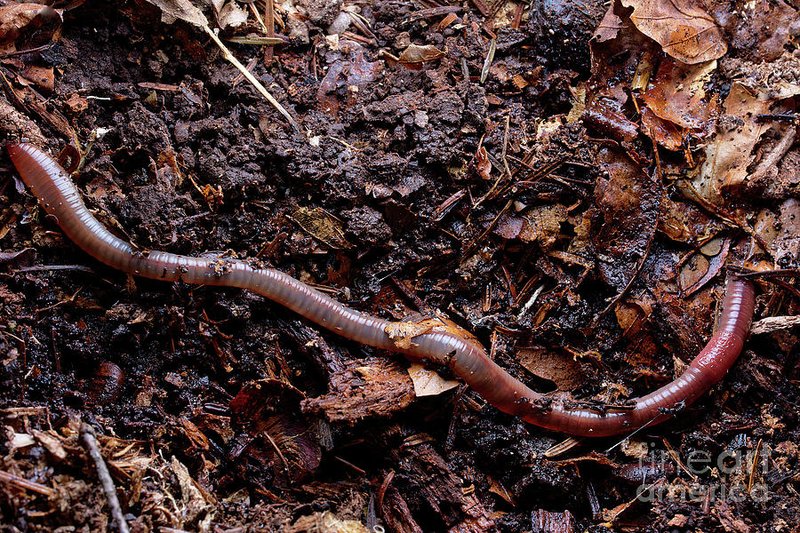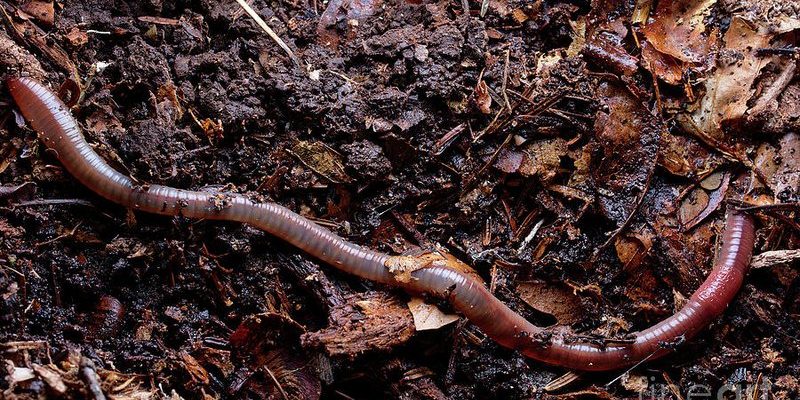
In wetlands and riparian areas—those lush strips of land bordering rivers and lakes—earthworms contribute significantly, helping to maintain water quality and soil structure. You might be wondering how these humble creatures thrive in such specific environments. Well, let’s dig a little deeper—pun intended!
What Are Earthworms?
Earthworms are segmented worms found in soil worldwide. They’re part of the annelid family and, surprisingly, there are over 6,000 species identified. Often, they’re categorized into three main types: *epigeic*, *endogeic*, and *anecic*. Each type has unique traits that help them adapt to different habitats. Epigeic worms live near the surface, feasting on decomposing leaves. Endogeic worms burrow deeper, while anecic worms create vertical burrows to access soil and organic matter.
You might be curious about their size. Most adult earthworms range from about 3 to 14 inches long, depending on the species. The largest, the Giant Golden Earthworm, can grow over 22 feet long in some rare cases. Just imagine that!
Why Are Earthworms Important in Wetlands?
Wetlands are special ecosystems that serve crucial functions in our environment. They act as natural sponges, absorbing water and reducing flooding. Here’s where earthworms come into play. They help aerate the soil, which is vital for water drainage and plant growth. Their burrowing creates channels that allow water to move freely.
Additionally, when earthworms digest organic material, they break it down into nutrients that enrich the soil. This process enhances the growth of vegetation, which stabilizes the wetland soil and provides habitat for countless other species. It’s like they’re valuable team players on the eco-team, working overtime to keep the wetland thriving.
The Role of Earthworms in Riparian Zones
Riparian zones play a crucial role in water management. They’re the buffer areas between land and water bodies, helping to filter out pollutants before they reach rivers or lakes. Earthworms contribute significantly to this process. Their activity mixes organic matter with soil, enhancing its ability to filter water.
The presence of earthworms also supports plant life in these zones. Healthy root systems depend on well-aerated and nutrient-rich soil, which earthworms help create. It’s fascinating to think about how these simple creatures can impact water quality and vegetation in such critical areas.
How Do Earthworms Affect Soil Quality?
Soil quality is a big deal, especially for farming and natural habitats. Healthy soil supports plants, which in turn supports wildlife. Earthworms improve soil structure by creating burrows that encourage air and water movement. This aeration is essential, as it allows roots to access oxygen and nutrients.
Moreover, as earthworms digest organic matter, they produce a nutrient-rich substance known as castings. These castings are packed with nutrients like nitrogen, phosphorus, and potassium—all key for plant growth. This process turns waste into a valuable resource, helping maintain the cycle of life in wetlands and riparian zones.
Challenges Earthworms Face
Even though earthworms are crucial for healthy ecosystems, they face several challenges. Pollution, habitat destruction, and climate change all take a toll on their populations. For instance, excessive use of pesticides can harm their delicate systems. Similarly, when wetlands are drained or altered, it disrupts the natural habitat they rely on.
You might be wondering, what can we do to help? Supporting native vegetation, reducing pesticide use, and advocating for wetland conservation are all steps that can positively impact earthworm populations and their ecosystems.
How to Encourage Earthworm Populations
If you’re interested in promoting earthworm health in your garden or local area, there are a few simple actions you can take. First, consider planting native plants and minimizing chemical use in your gardening practices. Native plants often require less maintenance and help create a balanced ecosystem.
Next, you can start composting! Compost provides the rich organic material that earthworms thrive on. Incorporating compost into your soil not only feeds the worms but also enriches your garden. Lastly, consider setting up a rain garden in your yard—these feature plants that thrive in wet conditions, helping rainwater soak into the ground while providing a habitat for earthworms.
The Future of Earthworms in Ecosystems
As we move forward, the future of earthworms in wetlands and riparian zones hinges on our awareness and actions. Understanding their significance helps us appreciate the intricate dance of life around us. By promoting practices that protect these ecosystems, we ensure that earthworms and the vital roles they play can continue.
In conclusion, earthworms might seem small, but their impact on wetlands and riparian zones is significant. They’re the unseen laborers that keep our ecosystems running smoothly. By nurturing their habitats and appreciating their contributions, we can help maintain the balance of nature. And who knows? You might just find yourself feeling a little more connected to the soil beneath your feet!

